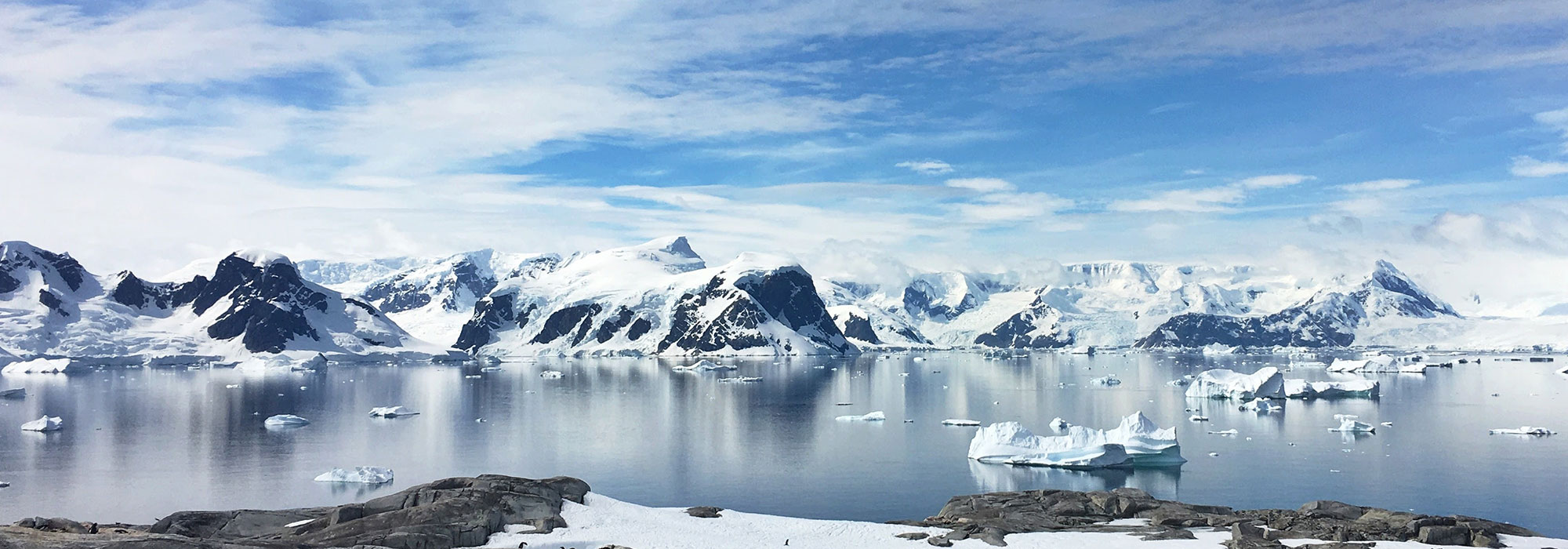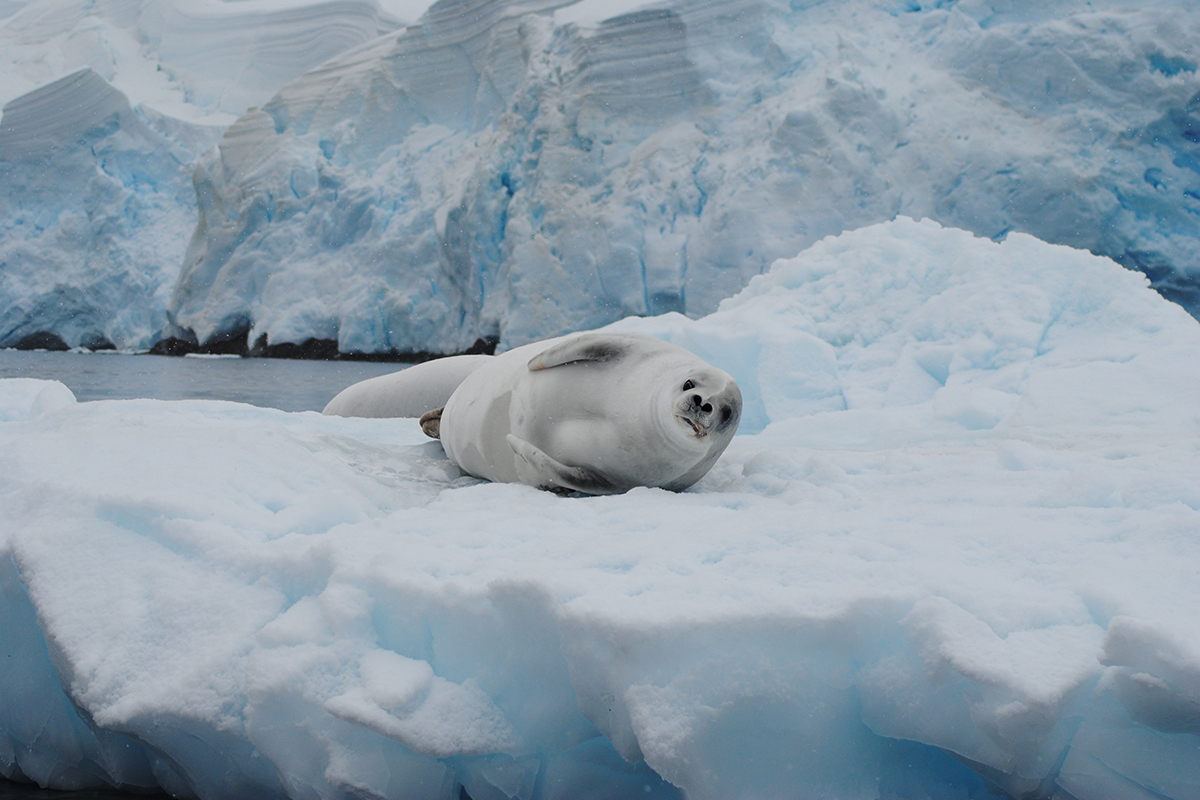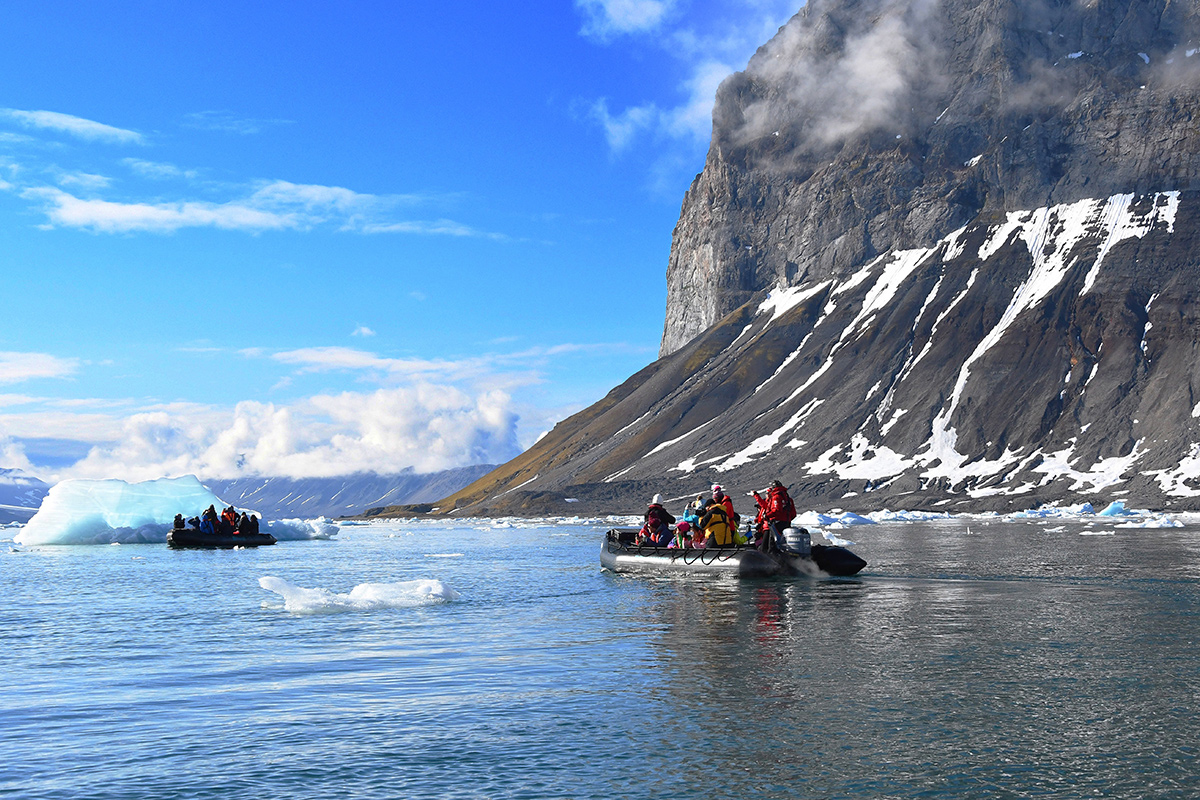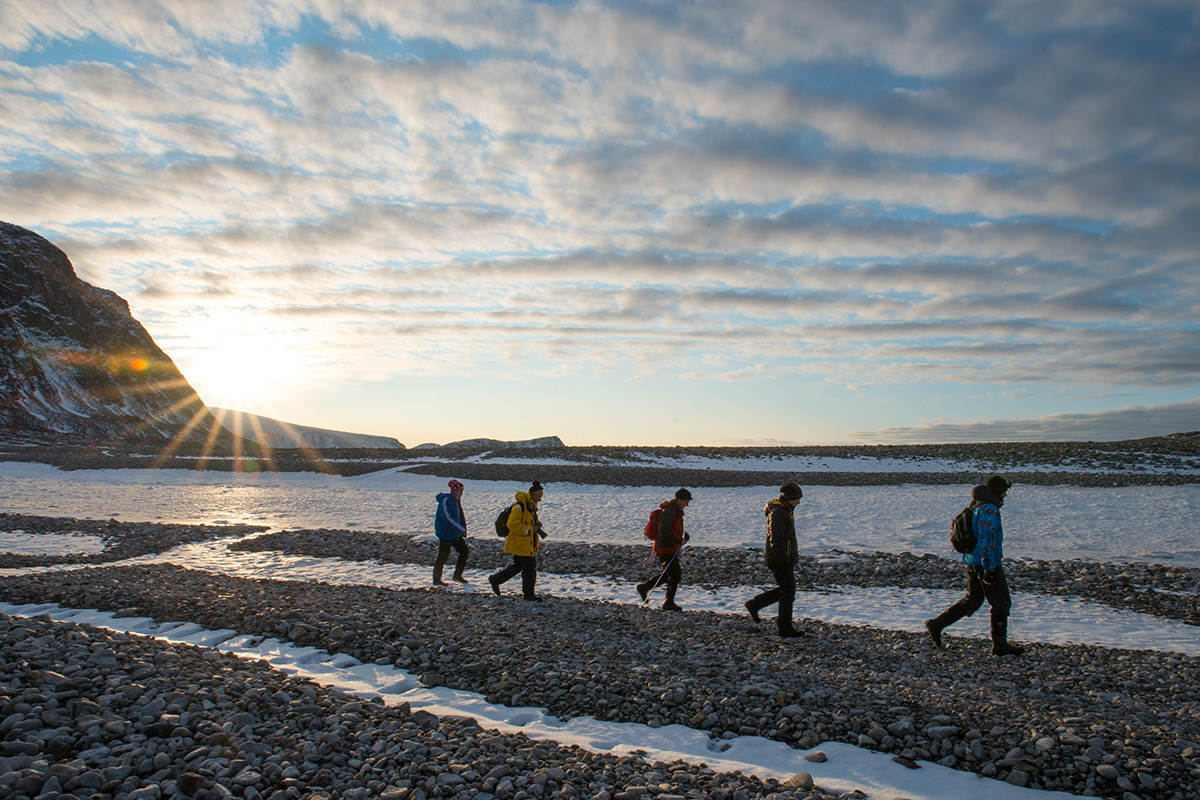- 1300 761 980

Let the Antarctic Travel Specialists introduce you to a truly magical place and the last true wilderness on earth. See an abundance of wildlife, breath-taking scenery, and experience solitude like nowhere else on the globe. Small zodiac boats take travellers to visit shore sites ideal for seeing the wildlife, like penguins, seals and seabirds. When cruising, the main ship allows you to scan the horizon for whales, seals and seabirds. A visit to Antarctica is an amazing experience and will leave you wanting to see more of this unspoiled wilderness
Here are some answers to the questions we receive the most about our services.
If we missed anything, please do not hesitate to contact us. We’ll be happy to help
You should be in possession of a passport valid for at least six months beyond your intended stay in Africa with at least six spare visa pages. If you do not already have a passport, apply for one early.
Although there are no visa requirements for Antarctica, to arrive in Antarctica you will need to travel through Argentina or Chile in South America. All passengers are responsible for obtaining all necessary passport and visas prior to the departure of your voyage.
Travel insurance is mandatory. You must be covered in case of a medical evacuation
Your ship will have a doctor onboard. There is also a medical clinic that is stocked with a supply of common prescription medicines and basic first aid equipment. If you take regular medication, please bring a sufficient supply of the medicine for the duration of the cruise.
If you are using a digital camera, bring plenty of memory cards. Don’t forget to take spare batteries, since cold temperatures reduce their life span considerably. If you can bring two cameras & lenses from 28 mm to 200 mm telephoto, or, if you have one, a 500 mm lens for close ups. Don’t forget a wide-angle lens to capture the real expanse of this unique continent.
When photographing, do not approach wildlife. Always respect the minimum distance of 5 meters and get close via a zoom lens. Be aware that Antarctic conditions can be very harsh on camera equipment. Carry plenty of protection for your camera against salt spray, snow, and rain. Please bring sealable cases, waterproof day packs or ‘dry bags.’ DO NOT bring lightweight plastic or rubbish bags as these can be easily blown away and are contrary to our environmental obligation under the Antarctic Treaty.
Everyone reacts differently to sea conditions, whether during the crossing of the infamous Drake Passage or even during calmer seas. We advise that you come prepared- ask your doctor to prescribe an appropriate seasickness medicine for you. Before you leave home, please read your dosage instructions as most preventative seasickness medicine must be ingested ahead of time, while you are still feeling well. Be sure to bring enough medication for the duration of your voyage.
Excursions off the boat are by Zodiac and on foot so it’s important to have a waterproof outer layer, including waterproof pants, gloves and hat. Some cruise companies will provide a waterproof parka and waterproof expedition boots for the duration of your voyage. Our Antarctic Travel Specialists will be happy to confirm what amenities are provided.
Tipping is not compulsory. However, if you want to tip because you have received good service, we recommend US$10-12 per passenger, per day that you are on the ship. Tipping is best in US Dollar cash.
The Antarctic weather is always an unknown factor and is usually very changeable. Temperatures can be cold, though not perhaps as cold as you might expect. On calm sunny days it can feel quite warm. But wet, windy weather must also be expected. During the summer months (October to March) the temperature can range from -2° to 8°. Big storms are rare, but if one comes through the temperature could drop to -8°.
Embark on an extraordinary journey to the ends of the Earth. Our brochure unveils the magic of the Arctic and Antarctic.
Suite 2, 1st Floor
261-271 Wattletree Rd
Malvern VIC 3144




Antarctic wildlife is at its most active during the southern summer (late October to March). Each voyage is unique, offering amazing wildlife encounters and fascinating history, no matter what month you decide to travel.
The stunning Antarctic landscape is covered with a myriad of ever changing ice conditions, unique flora and abundant fauna. Visitors can enjoy the beauty and solitude of the Antarctic seas, witness the frantic activity of penguin colonies, the gathering of herds of seals, hundreds of albatrosses and many species of whale.
October and November
Earlier on in the season showcases a number of highlights. Sea ice is prevalent, especially on the east side of the Antarctic Peninsula. The Adélie, Chinstrap and Gentoo adult penguins and Antarctic-breeding seabirds come ashore to their breeding sites where they commence courtship rituals and nest building. Shortly thereafter eggs are laid and incubated. Landing sites are at their most pristine. The possibility of seeing sea ice is present early on, before it breaks up later on in the season. South Georgia’s female King Penguins lay their eggs in November. An abundance of Fur seals are on the beaches in South Georgia ready to mate. Emperor penguins can be seen at Snow Hill Island in the Weddell Sea.
December and January
The peak of summer, with the increased number of daylight hours, brings exceptional opportunities for photographers and non-photographers alike. Research activity at the scientific bases is also at its peak. Summer arrives first in the Falkland Islands and South Georgia and then spreads south to the South Shetland Islands and Antarctic Peninsula. Consequently, breeding rituals commence and some 30 days later the penguin chicks begin hatching and the rookeries are a hive of activity. An exciting time in the season is when the parents return with food and the hungry chicks are being fed, running after a parent in a feeding frenzy. Whale sightings of Baleen and Toothed whales escalate in the Peninsula area. Seal pups can be seen on the beaches in South Georgia. In the Ross Sea, the sea ice is beginning to break up starting to allow access to the rarely visited sites of the East Antarctic and the historic huts of Shackleton and Scott.
February and March
Sightings of whales are at their peak in the Peninsula. An increasing number of fur seals can be found along the Peninsula and offshore islands; young fur seals are also quite playful in South Georgia. Penguin colonies are very active. The penguin chicks begin to molt, losing their fuzzy down and developing their adult plumage. By now, the parents have abandoned their chicks, and have gone out to sea to feed and fatten up for their own molting stage. Most penguin colonies (Adélie, Chinstrap and Gentoo) have vacated by early March. Blooming snow algae is prevalent. Receding pack ice allows for easier exploration.



Over 36 mammals inhabit the Arctic (17 of which are marine species). Each has successfully adapted to one of the most challenging environments on earth. The vast Arctic region spans across eight countries; Canada, Denmark, Greenland, Finland, Iceland and Norway (Svalbard) as well as Russia, Sweden, and the United States. The short summer months are the best months to visit.
From North Pole expeditions to Greenland, Iceland, Svalbard and more, cruising the Arctic has never been more accessible. Voyages operate during the Northern hemisphere summer starting in May with the season concluding in September. The temperatures are warmer and the animals are more active at this time. Discover the magnificent Arctic region, its amazing wildlife, spectacular history and fascinating indigenous cultures.
Late May – Early July
This is the perfect time to visit the Arctic if you want to see ice and snow. Sea ice is prevalent and the chance of seeing polar bears is high as they’re easier to spot on the ice especially when they are looking for prey. You can expect to see migratory birds as they arrive and hurriedly begin to breed making the most of the short summer.
July – August
July and August are the best times to circumnavigate Spitsbergen, as there is less ice to block the channels. Because of the broken ice, ships can travel further providing more wildlife spotting opportunities and land access, in general, is better. During this time however, Polar bears are harder to see at this time as they don’t stand out as well. It is a busy time for the various bird colonies as they need to feed their fledglings, ready for their annual migration.
September
Autumn comes early in the Arctic, and by September, the nights are usually dark enough to witness the Aurora Borealis (Northern Lights). Time at sea is perfect for witnessing this phenomenon, whilst days are spent exploring accessible sites and searching for wildlife. During this time, most of the bird species are already heading south.
For tailor-made itineraries or enquiries…